From Chapter 4 in Mary Karlin’s Artisan Cheese Making at Home: Ale Washed Trappist Cheese (more advanced cheese making; washed-rind and smeared-rind cheeses)
May I introduce you to Adyta Raghaven, our resident Cheesepalooza Dr. of Physics (true) and my kitchen partner in most of my cheese making adventures. He has kindly accepted my invitation to write about his experience with washed rind cheeses as he has experimented with this for quite some time now. I have not been able to make a washed rind cheese, yet, due to the intensity of my schedule these past few months. I am very grateful that Addie has agreed to share his vast, and I do mean vast, expertise on this subject. Most readers from Edmonton will know that Addie has a love of beer. All beers. All colours. All shapes. All sizes. He doesn’t drink to excess, but to access, and he definitely knows his beer. I have tasted an earlier washed rind cheese Addie had scented with beer, and enjoyed it. I detest beer. I have never had even a sip. The aroma is that off putting to me. Odd duck. But, that cheese was complex and compelling. So, drum roll, please: take it away, Addie! (Photo below is a photo of Addie making a different cheese.)
Castra Cheese: Ale-washed sage IPA cheese
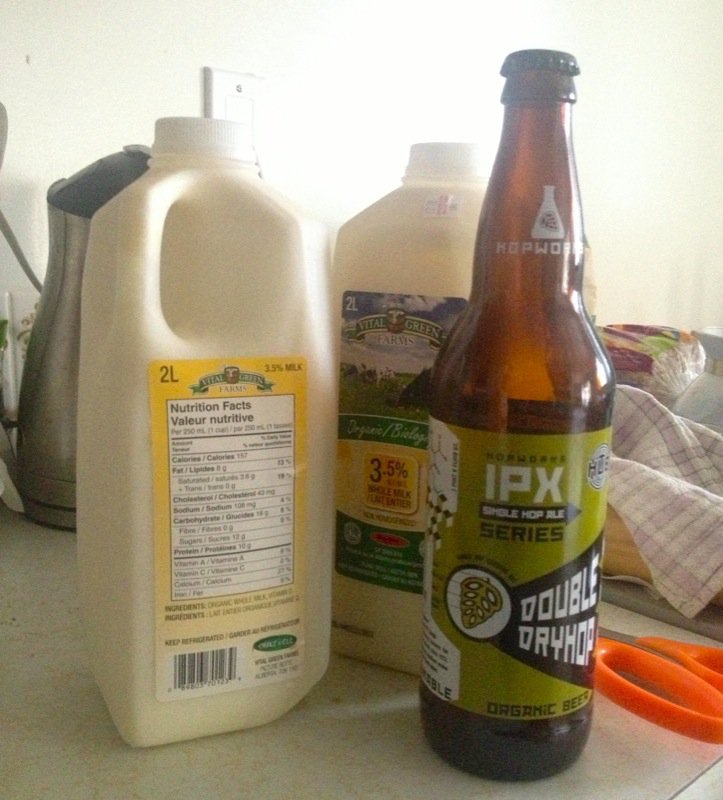 I remember thinking way back in August last year that once I honed a few skills, I was going to end up making an interesting beer-related cheese. I have an obvious love for beer and an even more obvious love for cheese, so this union was bound to take place.
I remember thinking way back in August last year that once I honed a few skills, I was going to end up making an interesting beer-related cheese. I have an obvious love for beer and an even more obvious love for cheese, so this union was bound to take place.
Now, I remember Ian telling me that he made a Guinness washed-rind cheese and I found that a fascinating take on the original Trappist-style washed rind cheeses where Belgium ales are used. A beer lover will quickly note that Guinness is and Belgium-style ales are nearly diametrically opposite in beer styles, so I would love to give a stout-washed cheese a go!
I decided to be less adventurous on that front and went with Hopworks’ IPX Cascade Single Hop beer. It’s a double IPA but uses only one type of hop varietal, namely Cascade. IPAs are ales so are much closer to Belgian ales in that sense, but Northwest IPAs (like this one) use a different type of yeast in fermentation. Belgian ales will give some fruity notes, in case you want to stick with the original recipe.
Photo above: 4L milk and 1 big bottle of beer. While you only need 12 oz of beer, with the big bottle you can drink a glass while making the cheese! Photo below, left: Citra hops pellets that I found in a beer store in Arizona. Photo below, right: Steeping citra hops “tea” with sage leaves and got the temperature up to 165°F.
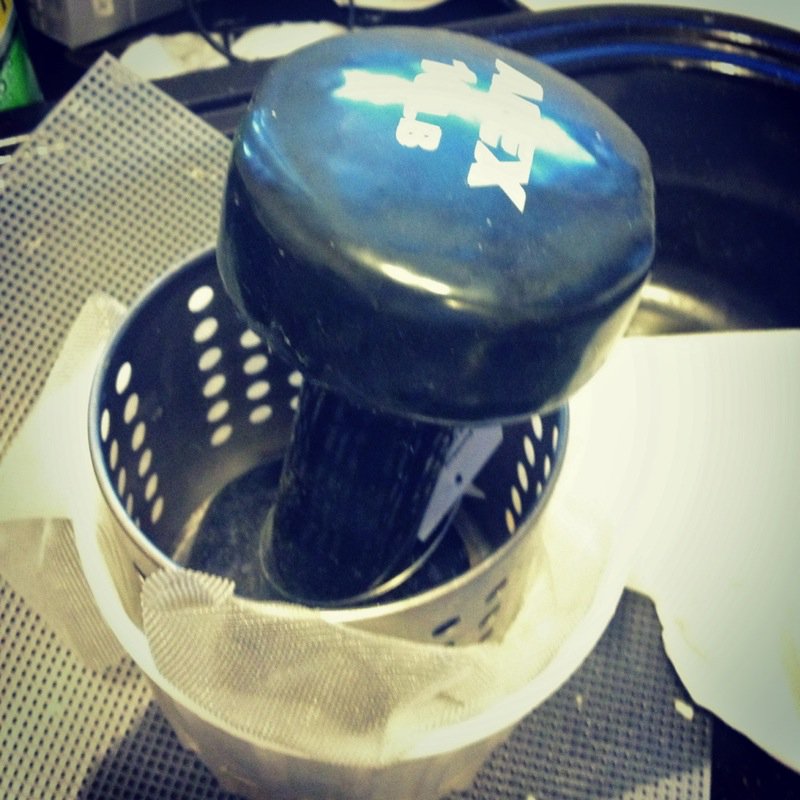 To add a dimension to this, I got crazy and decided to make a “tea” out of some hop pellets I happened to have. The hop pellets were of the Citra hop varietal. This tea steeped at about 165°F for half hour with sage leaves to give it a nice strong flavor. I kept the tea hot and used it in place of hot water to wash the curds. After seeing the results, I definitely will not make a hop-pellet tea. The cheese ended up being a bit too bitter. By the way, that’s where the name comes from: Cascade + Citra = Castra.
To add a dimension to this, I got crazy and decided to make a “tea” out of some hop pellets I happened to have. The hop pellets were of the Citra hop varietal. This tea steeped at about 165°F for half hour with sage leaves to give it a nice strong flavor. I kept the tea hot and used it in place of hot water to wash the curds. After seeing the results, I definitely will not make a hop-pellet tea. The cheese ended up being a bit too bitter. By the way, that’s where the name comes from: Cascade + Citra = Castra.
The recipe asks for generous pressing time, so I pressed cheese with a full 10lb weight for 10 hours or so
I can’t wait to try this recipe again. I might go with a bold stout and might replace the citra “tea” with a well-steeped Pu-erh tea. This will depart a bit of a woody and smoky aroma to the cheese. I enjoyed being innovative in this recipe and definitely recommend it since it is extremely rewarding.
The first 12 hour soak of the cheese in beer is below.
I stayed close to the Ale Washed Trappist Cheese recipe in Mary Karlin’s book, but there were some stark differences, which I list below. I used:
- finely chopped fresh sage leaves instead of coriander seed
- freshly chopped orange peel instead of granulated orange peel: BIG MISTAKE. Do not do this as the fresh orange peel goes stale and gives a bit of an off taste after six weeks when you cut into the cheese. This is also true for fresh sage leaves: add dry leaves instead (which I already had, but was trying to use fresh ingredients = #MassiveFail)
- a 10lb instead of 8lb press, mainly because the beer-soaking stage might not work well if the pressed curds are crumbly
- Hopworks IPX Cascade Single Hop DIPA beer instead of a Belgian ale
- citra hops “tea” was at 165F instead of using hot water at 175°F
- a vacuum seal after a few days of ripening to vacuum pack the cheese
After two rounds of beer soaking and drying, the rind was beautiful.
Tasting notes (after six weeks):
Appearance: Beautiful brown rind, which is a direct consequence of the beer soaking, steps. The color gets better after it dries out and continues to get darker. The paste is lovely and white.
Nose: The rind mostly smells of beer and in this case hops as well. However, the aroma kicks in more drastically when you cut into the cheese and smell the actual cheese. Very gentle tangy-dairy odor.
Sweet to Salt: On the sweeter side since it is only mildly acidic, so salt doesn’t play a prominent role.
Mild to Pungent: Unfortunately, the cheese was very bitter because I flew too close to the Sun on wings of hops. Should have put less hops, or diluted the tea more before adding it.
Mouth Feel: The texture of this cheese is really the best component. Very smooth texture, which melts in your mouth after two bites. The paste is quite soft and would have probably firmed up in 2-3 months.
Lovely paste and a cute small cheese to share with friends. I highly recommend making this one!
Standing Ovation, Addie! Thank you so very much. What creativity!
If you are a little intimidated by the Science, think “play with your food”. That is what Addie does... read Mary Karlin’s recipe in Chapter 4 for this cheese and then re-read Addie’s suggestions if you love beer as much as he does. Or, as he suggests, just follow the original recipe. We do not print the recipes from Mary’s book.
The Task for our tenth Cheesepalooza Challenge: Ale Washed Trappist Cheese or Any Washed Rind Cheese
If you have made it before, we challenge you to please do it again, “Mary’s way”, link to your other washed rind making experiences, debriefing them all. Let us know what you think. Which recipe works best for your palate and your locality: Mary’s or the other ones you have used?
You will learn a new technique with this recipe which is obvious: washing the rind. Making the curd is easy. Washing the rind, then drying and aging the cheese is the feat with this one.
IMPT: You will need to decide which washed rind cheese to start with that best matches your palate. You may want to do a little research to determine what is actually possible. There are a lot of ideas that I discovered.
Optional Recipes to add value to your ninth month (only if you choose):
There are a few other washed rind recipes in Chapter three we suggest you explore and share through the month, if you want to make more than the Ale Washed Trappist Cheese:
- Reblochon
- Taleggio
- Cabra Al Vino
- Lemon Vodka Spirited Goat
- Epoisser
- Moibier
- Port Saut
- Dessert Sun Pave
- Washed Rind Teleme-Style
Please include simple Tasting Notes at the bottom of each post (later, after you taste your cheese) so we can have a frame of reference to understand your cheese a bit better:
Tasting Notes:
- Appearance:
- Nose (aroma):
- Overall Taste:
- Sweet to Salty:
- Mild (mellow) to Robust to Pungent (stinky):
- Mouth Feel: (gritty, sandy, chewy, greasy, gummy, etc.):
Let the fun begin!
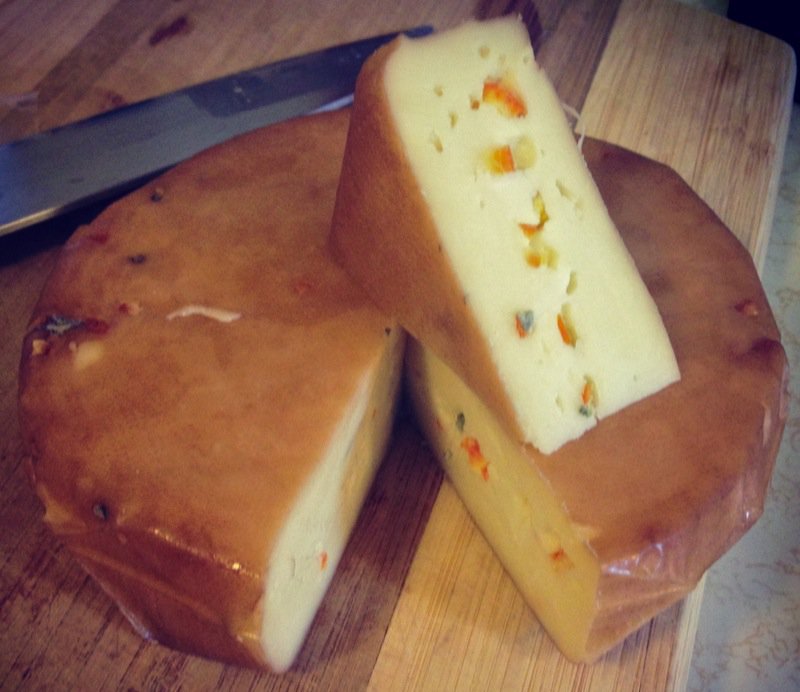

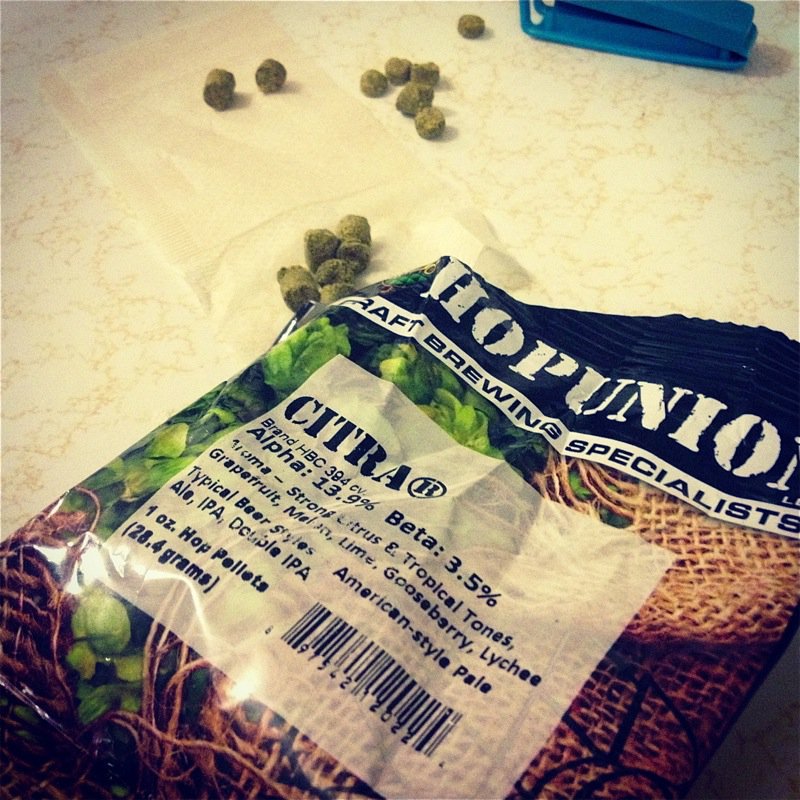
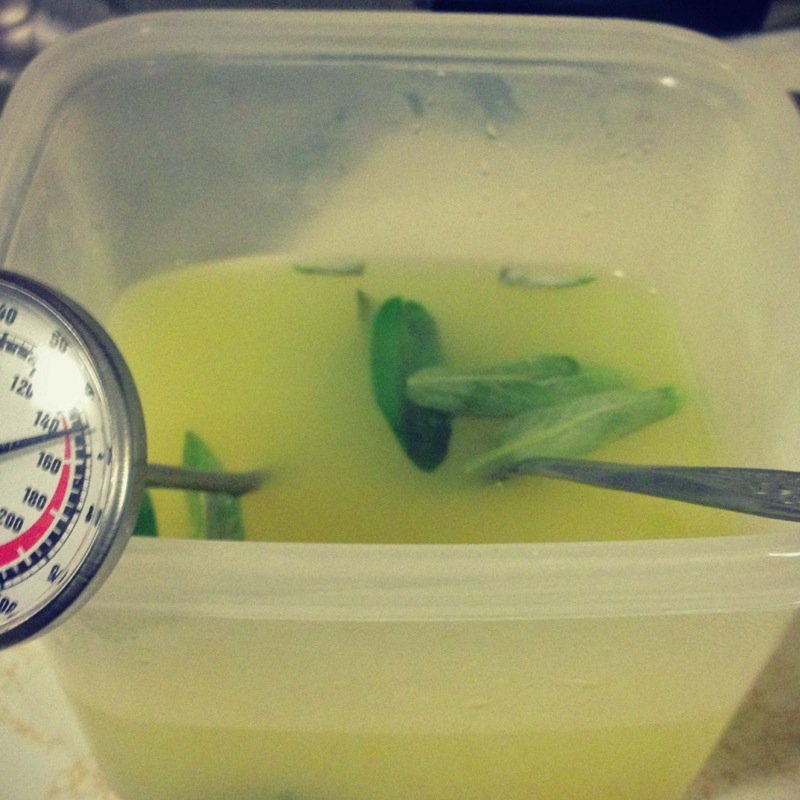
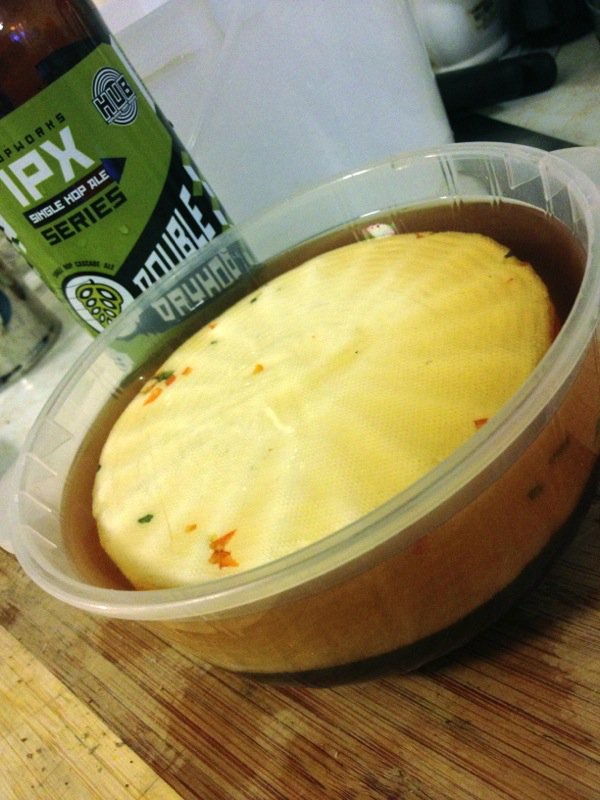
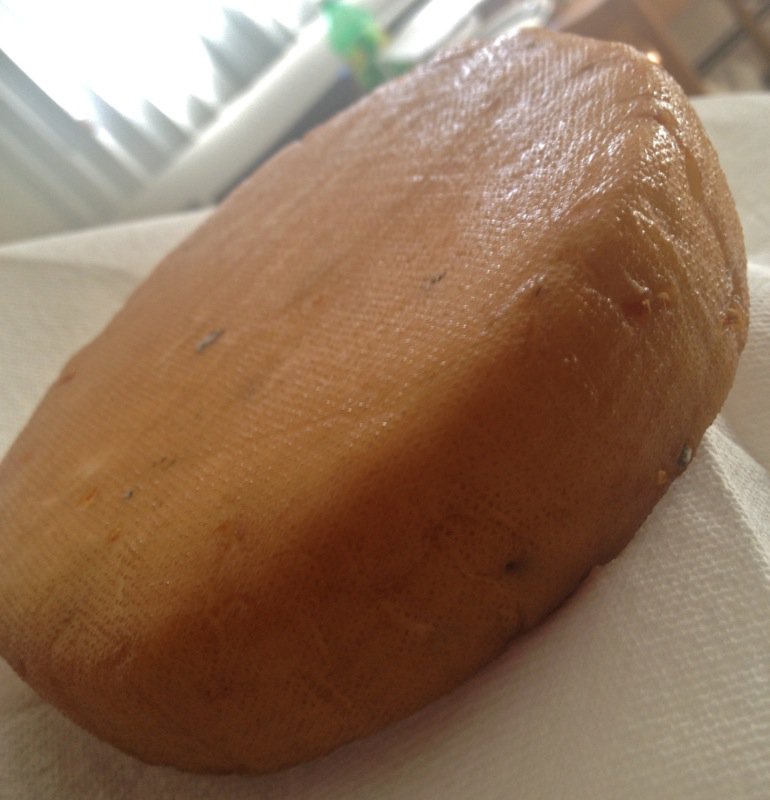
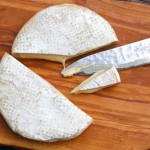
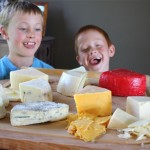
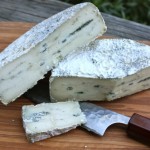
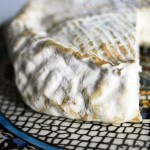
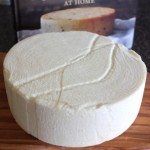






Very much looking forward to ths challenge, these are some of my favourite cheeses especially all the great ones from Quebec.
the appearance looks fantastic.
i made a peace of talegio style cheese-no pressing with washed rind- local beer.
still young 2 weeks ,intending to wait 2 weeks more and hoping for good results
Zvi,
I hope Addie will chime in here. I haven’t made a washed rind cheese yet.
🙂
V
I’ve never made a beer washed rind cheese with b. linens in it. Curious to see your results, Zvi!
Great job, Addie. I loved the photos. That is a great looking rind.
I just picked up Mary’s book, mostly so I could follow along with you cheesapalooza crazies.
Thanks again, Valerie and Addie.
/Rick
oh my what a great result, good job Valerie. I follow this blog cheese making….very interesting.
Working with B. linens is problematic for me. I have tried a few cheese and never really succeeded. They were all edible, but not what they should have been. The best result I got was with Tilsit, so I made it again the other day. However, it needs a couple of months of aging, so I won’t know the result for a while. I’d just be happy to see a bit of color on the surface.
Addie, that was pretty adventurous. Getting the balance of ingredients right is tricky. I hope you try again.
From the list, I recommend Cabra al Vino: it’s a very nice cheese, if you can get fresh goat milk.
Thanks, Simona.
Tilsit! That is a strong distinctly flavoured cheese and one of the very few I cannot eat at all. Appreciate your recommendation for Cabra al Vino. Can’t get fresh goat milk to bring home, but can make it at Smoky Valley!
🙂
Valerie
What sort of vessel is that Adyta is using to heat the curds? It looks like a crock pot?
HI Vinny
We both use a large electric turkey roaster as it provides the opportunity for us to use it as a double boiler and each holds exactly 16 liters of milk.
🙂
Valerie